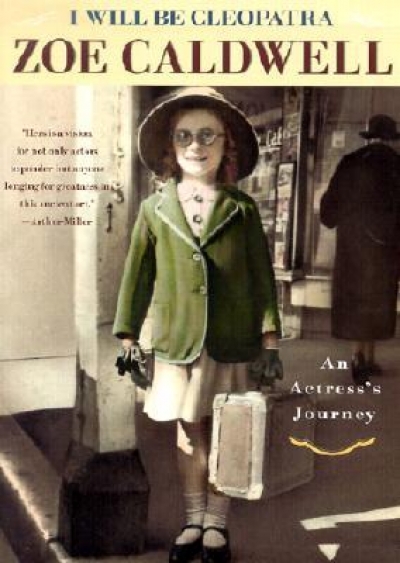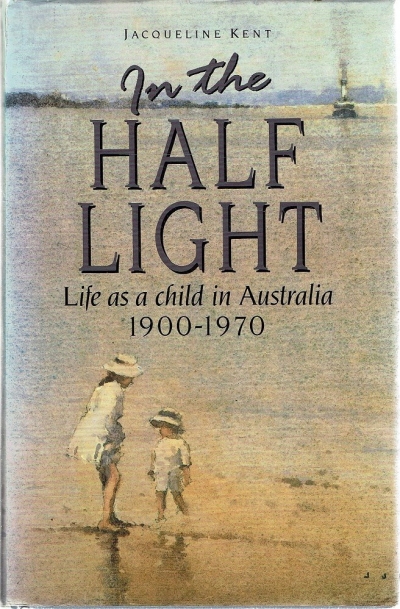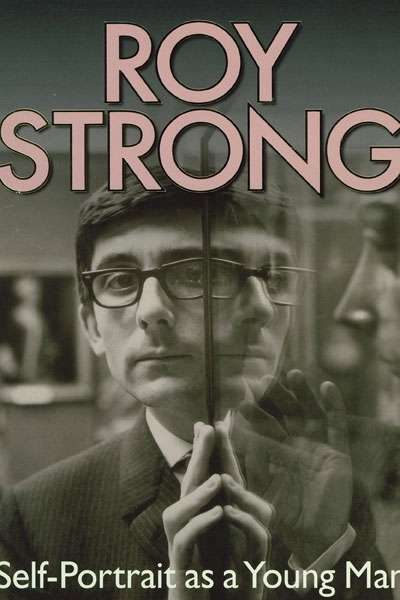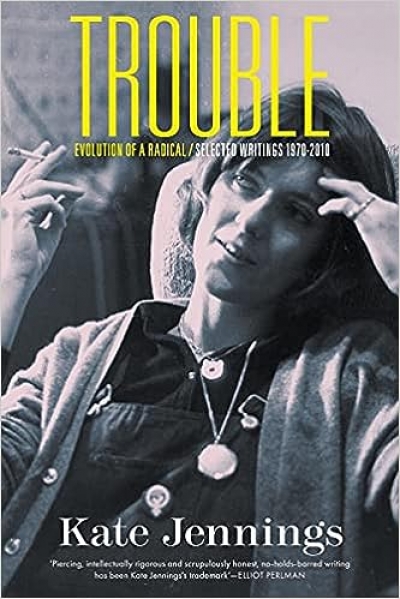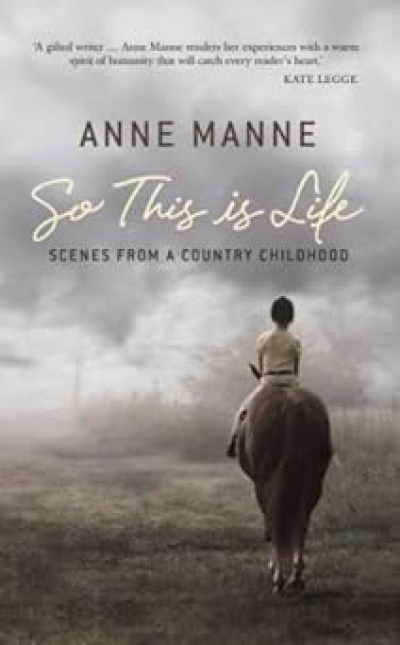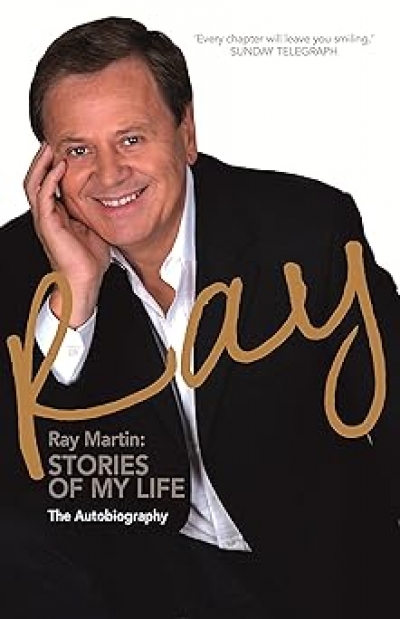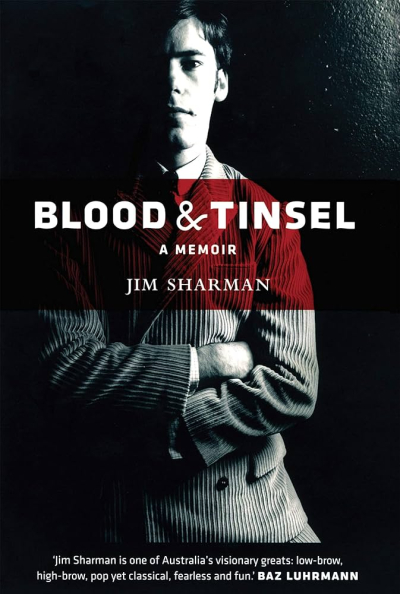Autobiography
I Will Be Cleopatra: An actress's journey by Zoë Caldwell
by Michael Shmith •
In the Half-Light: Life as a child in Australia 1900-1970 edited by Jacqueline Kent
by Brenda Niall •
Sunshine And Shadow: A Brothers' Story by James and Stephen Dack (with Larry Writer)
by Stephen Mansfield •
Trouble: Evolution of A Radical / Selected Writings 1970–2010 by Kate Jennings
by Gay Bilson •
Malcolm Fraser: The political memoirs by Malcolm Fraser and Margaret Simons
by Neal Blewett •
So This Is Life: Scenes From A Country Childhood by Anne Manne
by Gillian Whitlock •

